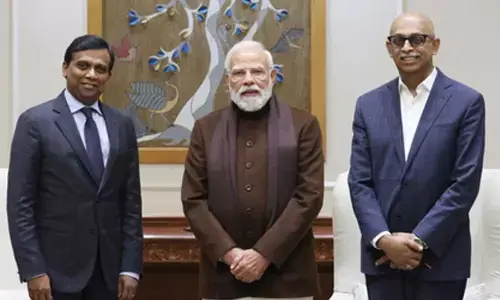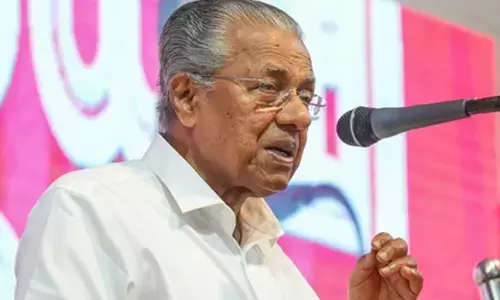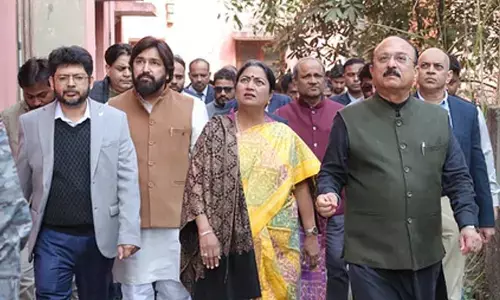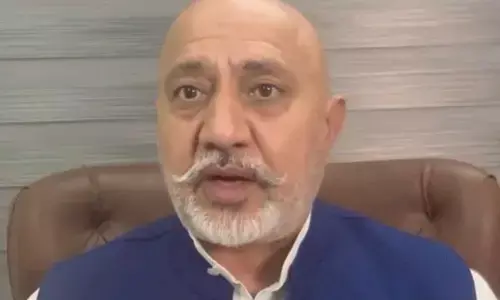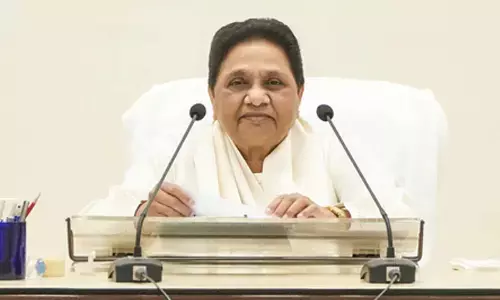U S TRADE WAR ESCALATES AND OPTIONS FOR INDIA
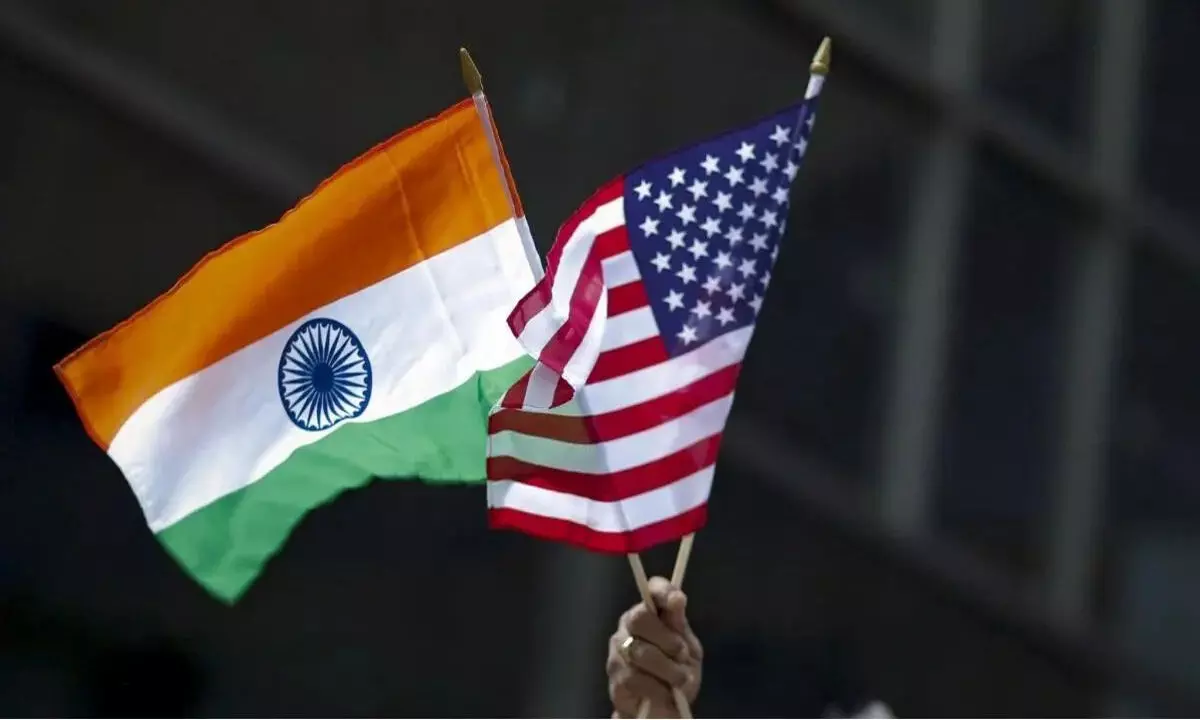
The President Donald Trump’s return to the White House has revived a wave of aggressive economic nationalism, with trade policy once again taking centre stage
The President Donald Trump’s return to the White House has revived a wave of aggressive economic nationalism, with trade policy once again taking centre stage. His administration’s decision to impose a new round of import tariffs from 25% % to 125% on all goods and even higher rates for selective countries, like China, European Union, Mexico, India etc. has already begun to strain global trade ties. India, one of the United States’ major trading partners and a country with a consistent trade surplus in its favour, has found itself among those most affected. Several of India’s key export sectors such as gems jewellery, textiles and medical equipment are now facing steep U.S. tariffs of up to 27%.
Rather than escalating the matter with retaliatory measures, India has chosen a path of negotiation and strategic engagement. The government is actively working towards a long-term bilateral trade agreement with the U.S., which is projected to increase the trade volume to $500 billion by 2030. In the spirit of cooperation, India has also reduced import duties on high-profile American products like Harley-Davidson motorcycles and certain alcoholic beverages etc. This diplomatic approach has been praised for its restraint and maturity. However, while dialogue is essential, it is equally important to recognize that India, and other affected nations, have legal tools at their disposal to challenge such unilateral tariff impositions.
India, being founding member of the World Trade Organization (WTO), is entitled to raise a formal dispute against the United States for what can be argued as a violation of WTO principles. Under Article XXIII of the General Agreement on Tariffs and Trade (GATT) of 1994, any member can bring a complaint if it believes another member is breaching trade commitments. The Dispute Settlement Understanding (DSU) of the WTO outlines the procedure for this. India can claim that the U.S. tariffs violate Article I of GATT, which establishes the Most-Favoured-Nation (MFN) principle—requiring equal treatment of all trading partners and Article II, which binds countries to previously agreed tariff limits. Unless the U.S. can justify its actions under narrow exceptions, such as national security or balance of payments concerns under Articles XXI and XII, it is likely that such tariffs would be found inconsistent with WTO rules.
By the sudden and precipitate decision of the United States against China and imposing 125% of tariff on its goods, China has joined the WTO in 2001. If China initiates a case in the WTO in such a case, the process begins with consultations. If these fail, a panel is formed to examine the dispute and deliver a ruling. The losing party can appeal, although the WTO’s Appellate Body remains effectively paralyzed due to the U.S. blocking the appointment of new judges by the United States, a tactic dating back to Trump’s first term. If the U.S. refuses to comply with the ruling or delays enforcement, China can also be authorised to impose retaliatory tariffs of equal value under Article 22 of the DSU. This form of retaliation is legal and WTO-approved, unlike arbitrary counter-tariffs imposed without following proper procedures by the United States on many countries.
The same option is also available to India, beyond the WTO, India can also explore other legal avenues. If American tariffs negatively affect Indian investors or businesses operating in the U.S., there may be scope to pursue remedies under Bilateral Investment Treaties (BITs), where applicable. These treaties typically provide protections against unfair or discriminatory treatment and may entitle investors to seek compensation. India may also look to diversify its trade relationships by strengthening free trade agreements with the European Union, ASEAN nations, and others, thereby reducing dependency on U.S. markets. In addition, India can raise the issue in global platforms like the G20 or BRICS, using diplomatic influence to build consensus and press for a more stable trade environment.
The economic consequences of the U.S. tariffs are already visible. Moody’s has revised India’s expected GDP growth for 2025 down to 6.1%, citing trade tensions as a contributing factor. In response, the Reserve Bank of India has eased monetary policy by reducing interest rates to support economic activity. However, not all developments are negative. The ongoing shift of global supply chains away from China has benefitted India. Major companies like Apple are expanding their manufacturing base in India, which could lead to long-term gains in jobs, exports, and technological growth.
In conclusion, while India’s measured response has helped avoid an immediate trade war, it must also consider the strength and validity of its legal rights under international law. The rules-based international trade system, although currently under stress, still provides avenues for redress and fairness. By combining diplomatic efforts with assertive use of legal remedies, India can not only protect its economic interests but also stand firm for a just global trade order. In a world where powerful countries increasingly act outside established norms, it is essential for nations like India to uphold the belief that law, fairness, and cooperation are still worth fighting for.
(The writers are Associate Professor of Law and a student of Law respectively from University College of Law, Telangana University, Nizamabad)








